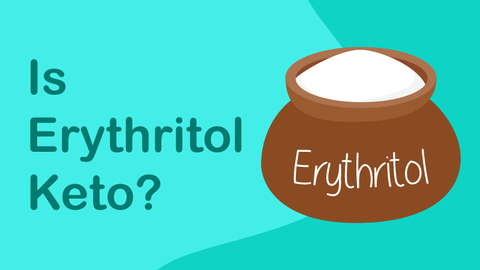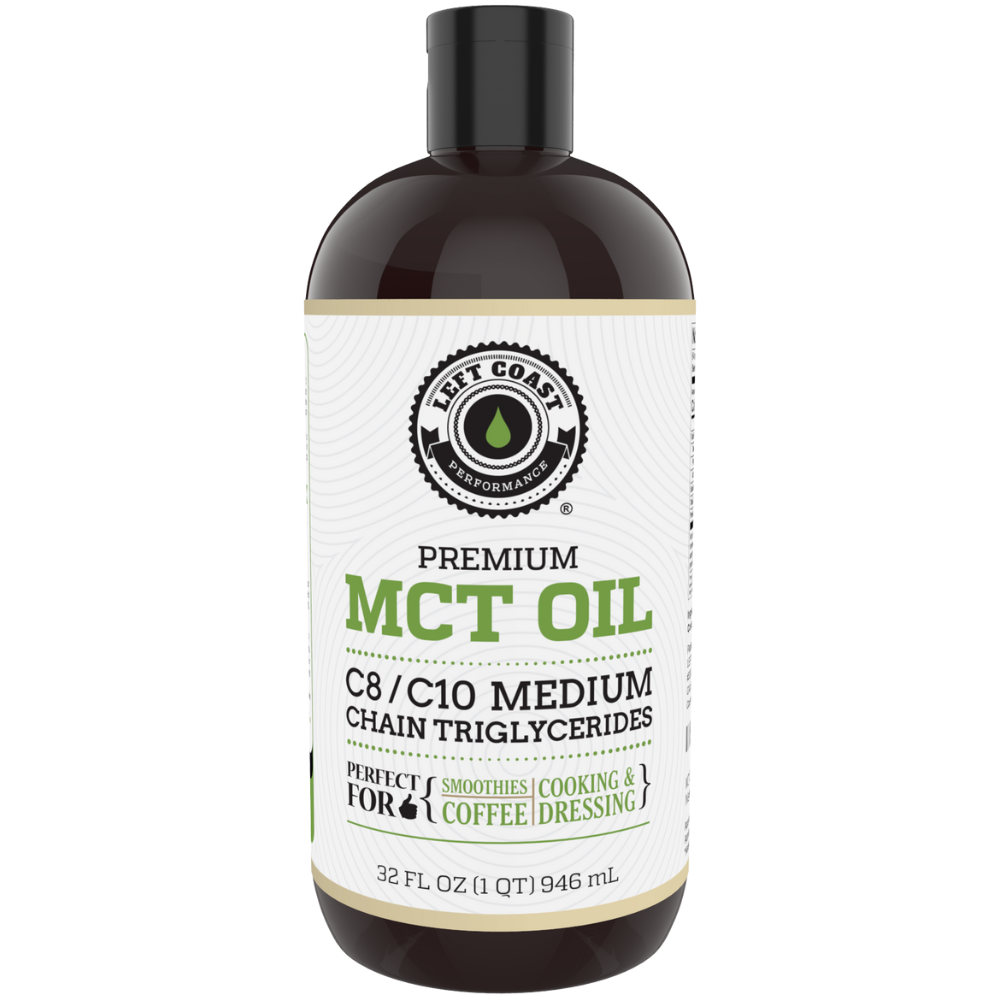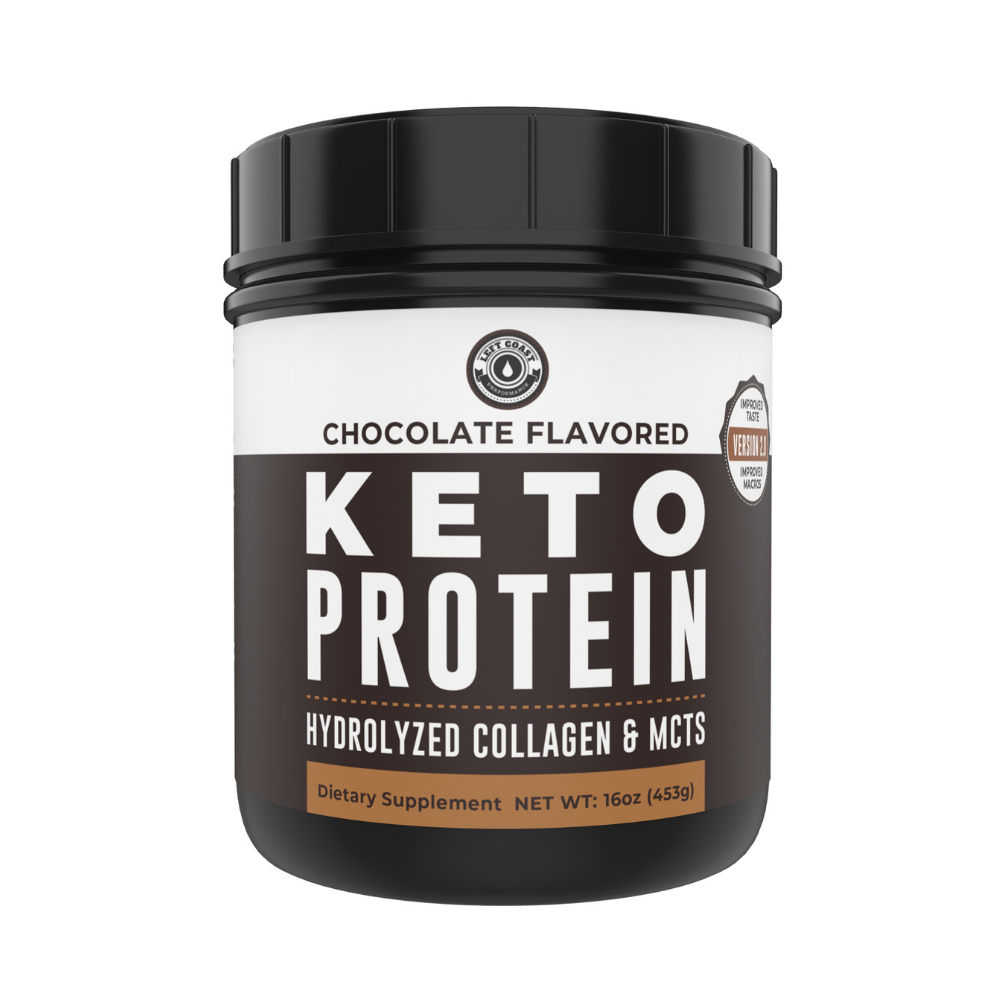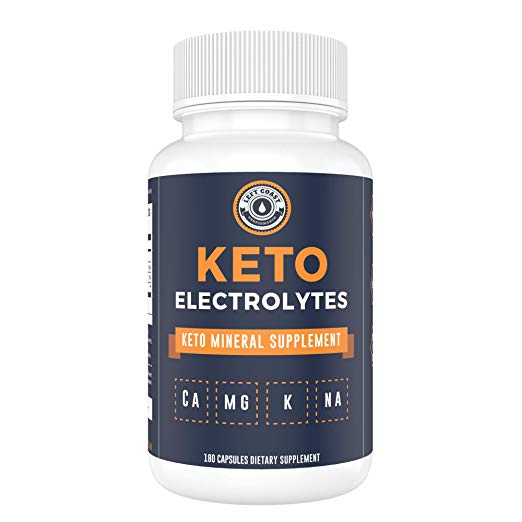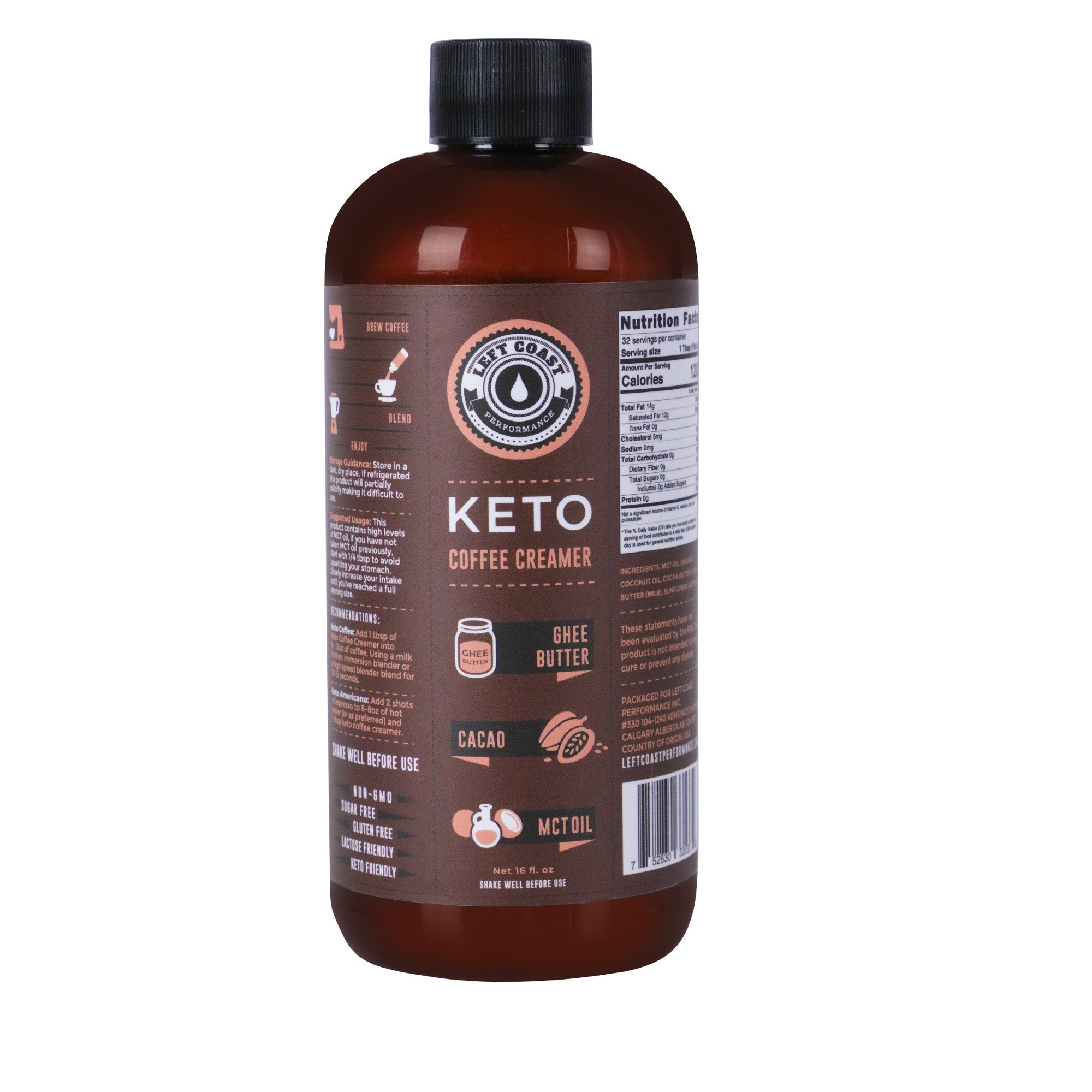Carbs in Cabbage: How Many Are There Really?

on June 13, 2019
When it comes to versatility, there are few vegetables that do the job better than cabbage. This leafy green is used in many cuisines across the world — whether boiled, braised, grilled, or fermented.
Cabbage is one of the few vegetables hardy enough to stand up to high heat, but which can also be eaten raw in a salad. Thanks to the popularity of low-carb diets, this jack-of-all-trades is experiencing a revival. But is this superfood really as keto-friendly as they say? Here’s everything you need to know.
On Cabbage
Cabbage is a descendant of the Brassica genus, a family of vegetables known for its tightly layered leaves. It’s closely related to broccoli, cauliflower, and brussels sprouts, all of which descended from wild cabbage.
Most members of the cabbage family tend to be light green in color, though red cabbage is an exception. Cabbage is usually harvested in late fall and early winter, due in part to their weather-resistant nature. Cabbages can handle to cold quite well, making them a very forgiving crop for farmers.
A heavy-hitter when it comes to nutrients, cabbage is a good source of vitamin C, vitamin K, dietary fiber, and folate. Cabbage also offers a unique balance of certain micronutrients and antioxidants.
Studies have shown many benefits from eating cabbage including reduced blood pressure, lower rates of chronic inflammation, better heart health, lower cholesterol levels, and more. Cabbage is also one of the most inexpensive vegetables to buy, and are found in supermarkets across the United States.
Types of Cabbage
Green Cabbage
Green cabbage is the most ubiquitous variety of cabbage, in part due to its incredible versatility. Most sauerkraut is made with this type of cabbage, but it can also be sliced and mixed with mayo to form a quick coleslaw, stewed for corned beef, or chopped for a quick stir-fry. The rigid stem of this type of cabbage gives the vegetable extra sturdiness and a satisfying crunch.
Red Cabbage
Red cabbage shares many textural characteristics with its green cousin, but is known for its vibrant red-purple hue, which it gets from a chemical compound called anthocyanids. As long as red cabbage is cooked in an acidic environment, it will keep its vibrant tone, but if cooked in an alkaline substance, the cabbage will turn an almost indigo-like blue.
In German dishes, red cabbage is pickled much like green cabbage, forming a type of sauerkraut that is often cooked down with apples.
Savoy Cabbage
Savoy cabbage is the most intricate-looking cabbage of the bunch. Instead of a smooth leaf, this cabbage sports a lace-like texture and is particularly easy to cook because it doesn’t get mushy with prolonged exposure to heat. A popular way to prepare this cabbage variety is to simply saute it with butter.
Napa Cabbage
Of all the cabbage varieties, Napa cabbage is the most tender. This type of cabbage originated near Beijing, China, and is used in a variety of Asian dishes. In Korea, it is the most-used cabbage to make kimchi.
Bok Choy
Bok Choy is a type of cabbage native to Asia. It has a thick stem and tender leaves, all of which is edible. Popular ways to cook bok choy include braising, steaming, and stewing.
Is Cabbage Good For You?
When it comes to your health, any vegetable is a safe bet, but cabbage, in particular, goes above and beyond. Here are the nutrients and health benefits you can obtain by introducing cabbage into your diet.
Nutrients
Leafy green vegetables are known to be nutrient powerhouses. Cabbage really pulls its weigh from a nutritional standpoint, offering a plethora of nutrients like fiber, vitamin C, vitamin A, vitamin K, iron, and potassium.
Just one cup of cabbage contains up to 85% of vitamin K and 54% of your daily recommended value of vitamin C. Cabbage also delivers several micronutrients like iron and folate that play important roles in metabolism and cardiovascular functions.
Cabbage is also full of fiber — about 2g per cup. The fiber in cabbage is insoluble, which means it is not absorbed by the body. This fiber takes up room in your digestive tract and keeps you full. As it moves through the body, it acts like a pipe cleaner, moving food through your digestive tract and cleaning out residues that can be left behind by other foods.
Cabbage also has been shown to heal stomach ulcers.
Probiotics
The study of probiotics is an emerging area of study for many nutritionists, who believe that a healthy gut biome is an important factor for overall health. Fermented foods can replenish the “good” bacteria that play a key role in our internal ecosystems. Cabbage is one of the best foods for introducing more good bacteria into our bodies and is available in a variety of forms like sauerkraut and kimchi.
Antioxidants
Even raw cabbage can do wonders for your body, thanks to the many antioxidants it contains. Vitamin C, one of the best-known antioxidants, has been linked to a decrease in certain types of cancer. Additionally, a substance called manganese plays an important part in blood and bone health and can help prevent serious diseases and even reduce inflammation.
How Many Carbs Are In Cabbage?
One cup of chopped green cabbage contains 5 grams of carbohydrates. This gets broken down into 2.2 grams of fiber and 2.8 grams of sugar, which means the total net carbs in a cup of cabbage is just 2.8 grams. Red cabbage clocks in a little higher at 5.1 grams per cup, due to it’s higher sugar content.
As most ketogenic diets suggest restricting carbohydrates to 25-50 grams per day, cabbage very easily fits into the ketogenic diet.
How To Fit Cabbage Into Your Keto Diet
Substitute for Bread or Tortillas
Cabbage makes a great substitute for bread, especially where recipes call for lettuce as a wrapper or container. Cabbage can easily substitute for lettuce in lettuce wraps and makes a great tortilla due to its sturdier nature.
The key is to blanch the leaves of cabbage in a pot of boiling water for about 30 seconds. This makes the leaves more flexible and tender, allowing you to wrap your favorite burger, sandwich, or stuffing with ease.
Cabbage Noodles
Cabbage holds up incredibly well in hot temperatures, allowing it to be cooked without turning into mush. This makes cabbage a great replacement for noodles on the keto diet. Whether served in a soup or stir-fry, cabbage takes on the flavor of whatever you cook it with. It also provides a satisfying texture without adding extra carbs to your overall dish.
Keto Kimchi and Sauerkraut
Fermented cabbage foods are not only healthy and keto-friendly, but they are also very easy to make at home. Save money by making your own sauerkraut, which consists of just shredded cabbage and a bit of salt.
Kimchi is also another great way to incorporate fermented cabbage into your diet. A Korean specialty, kimchi is made from napa cabbage, salt, and a few spices you should be able to find at any Asian market. Think of it as sauerkraut’s spicy cousin.
Salads and Simple Coleslaw
Raw cabbage makes any salad more filling, thanks to its sturdy texture and crunch. Make a simple keto coleslaw with a little mayo, cider vinegar, and sliced cabbage. You can also make a tasty wedge salad with keto-friendly ranch, bacon, tomatoes, blue cheese, and a wedge of green cabbage.
Are There Any Downsides To Eating Cabbage on Keto?
In general, there are very few downsides to eating cabbage on keto. Cabbage is incredibly healthy and versatile, making it an easy substitution for many non-keto friendly ingredients in your favorite recipes. With just a few net carbs in a cup of cabbage, it’s the perfect tool to satisfy your needs for flavor and help you feel full.
Cabbage is also widely available in supermarkets across the country, even outside of its traditional growing season. It’s also one of the least expensive foods out there: a typical head of cabbage won’t run you more than a few dollars and is much more filling than other salad greens.
That being said, it is possible to overdo it if you’re not careful. Bok choy, in particular, is known to contain glucosinolates, which is a chemical that can have a toxic effect when eaten in excess. Glucosinolates are a known antioxidant and have shown to help prevent cancer in small doses. However, when eaten in large quantities, this same antioxidant can cause several health problems like hypothyroidism.
Other than this extremely rare exception, you can safely enjoy large amounts of other types of cabbage without worry. Cabbage is nutritionist-approved, keto-friendly, and a delicious way to get many nutrients that are hard to get on a low-carb diet.
In Conclusion
Cabbage and keto are a match made in heaven. This cruciferous vegetable comes in many varieties, each of which is low calorie, low in net carbs, and very keto-friendly. Because of its sturdy stem and leaves, cabbage holds up when many other vegetables give up and get mushy.
The incredible versatility of lettuce makes it a practical choice for a variety of keto recipes, including soups, stews, sandwiches, and more.


